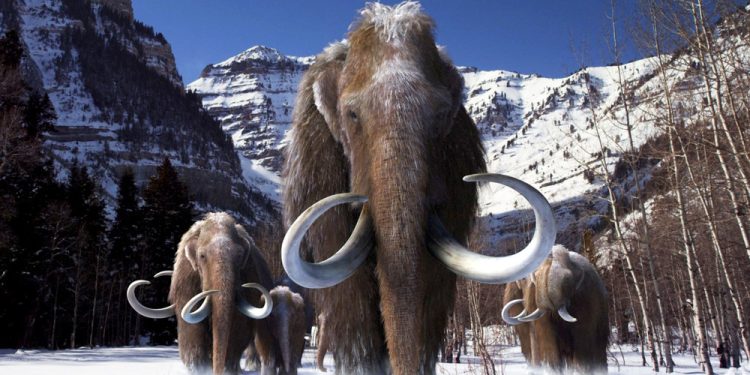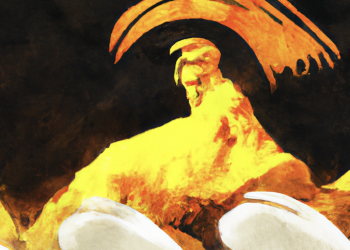What do you imagine when you hear the words “ice age”? I bet that makes you think of mammoths and saber-tooth tigers, right? In real life, however, the ice age was something completely different. The last ice age in reality occurred about 18,000 years ago. During this time, North America, and large parts of Europe and Asia were covered in ice. During this period, saber-toothed tigers disappeared, unlike in the famous Ice Age animations we all love.
The five major ice ages include the Huronian Glaciation 2.4 billion years ago, the Cryogenian Period 720 million years ago, the Andean-Saharan Glaciation 450 million years ago, the Late Paleozoic Icehouse 335 million years ago, and the Quaternary Ice Age 2.7 million years ago in which the latest glacial period in question occurred.
During ice ages, glaciers carve out the landscape, leaving deep valleys. During the last glacial period, ocean waters were frozen and coastal areas dried up. Thus a narrow strip of land appeared between Siberia and Alaska. Animals and humans migrated between the two continents through this strip of land. As the temperature rose, the ice melted and the land strip disappeared.
The reasons behind the beginnings and ends of ice ages are not fully understood for both large-scale ice ages and small interglacial epochs during ice ages. The consensus is that several factors are important: atmospheric composition (concentrations of carbon dioxide and methane), changes in the Earth’s orbit around the Sun (Milankovitch cycles), the movement of tectonic plates, variations in solar radiation, the orbital dynamics of the Earth-Moon system, the influence of relatively large meteorites and volcanism (supervolcano eruptions).
Some of these factors interact. For example, changes in the Earth’s atmosphere (especially greenhouse gas concentrations) can lead to climate change, while this climate change can in turn change the atmosphere (for example, by changing the rate at which weathering removes CO2).
Although the last ice age ended more than 10,000 years ago, its effects can still be felt today. For example, the movement of ice has carved the landscape of Canada, Greenland, Northern Eurasia, and Antarctica.
During the last glacial period, ocean water took the form of ice at high latitudes, with the world sea level falling by about 110 – 130 meters, exposing the continental shelves and forming bridges between land masses through which animals and people migrated.
During deglaciation, melted ice-water returned to the oceans, causing sea levels to rise. This process led to a sudden change in the coastline and flooding of systems, immersing new areas underwater, to the collapse of glacial lakes, creating new areas of freshwater, and to a general change in regional climate patterns.
Now that we learned a bit about glacial periods, let’s look at some important facts about the last ice age.
1. The Last Glacial Period continued for more than 100,000 years
2. The temperature of the Еarth’s surface during the last ice age decreased by an average of 6 degrees Celsius
3. The average annual temperature was about 9 degrees Celsius
4. Sea levels were approximately 130 meters lower than today during the last Ice Age
5. Homo Sapience evolved during this epoch
6. Humans adapted to the environmental conditions by developing tools to sew warm clothes like bone needles
7. During the last Ice Age, people entered North America for the first time using a then-existing land bridge from Asia
8. Sea levels were approximately 130 meters lower than today during the last Ice Age
9. Contrary to widespread misconceptions, Mammoths did not go extinct at the end of the last glacial period, remnants of this species continued to thrive on an isolated island for several thousand more years
10. The exact causes that forced the Earth into the current warmer Holocene epoch are yet to be determined
Join the discussion and participate in awesome giveaways in our mobile Telegram group. Join Curiosmos on Telegram Today. t.me/Curiosmos











